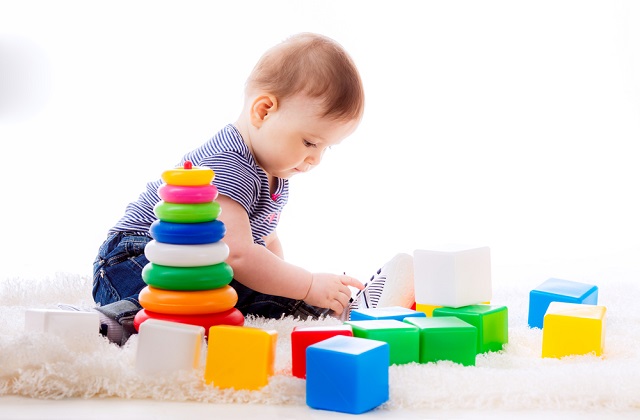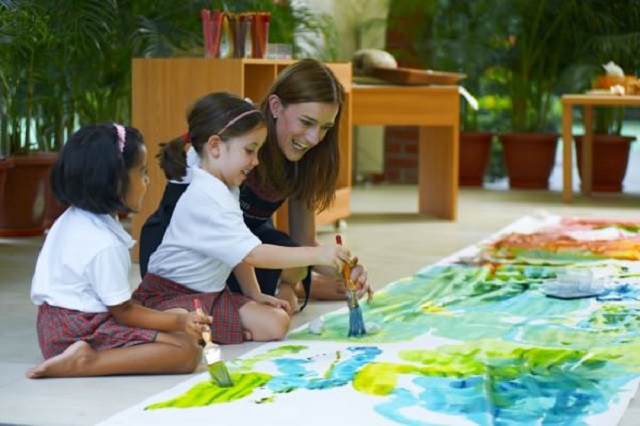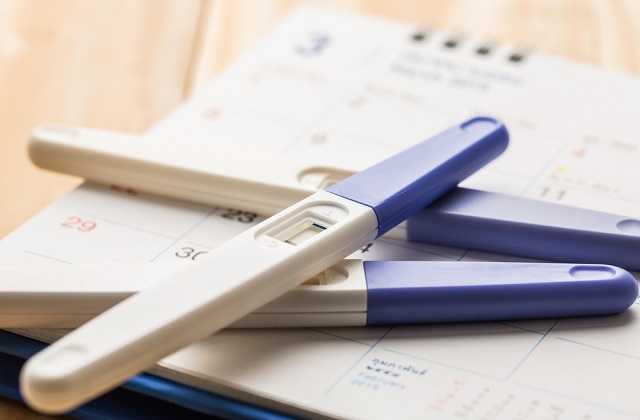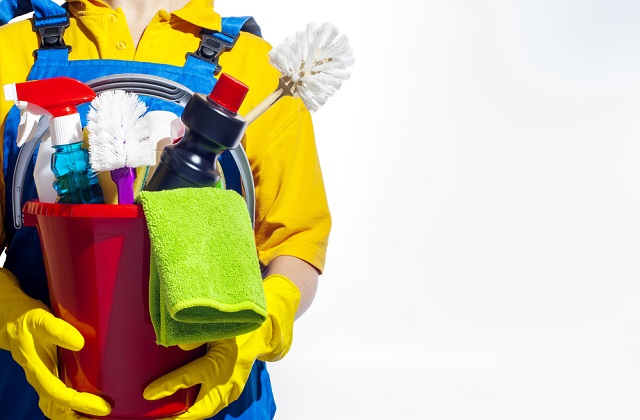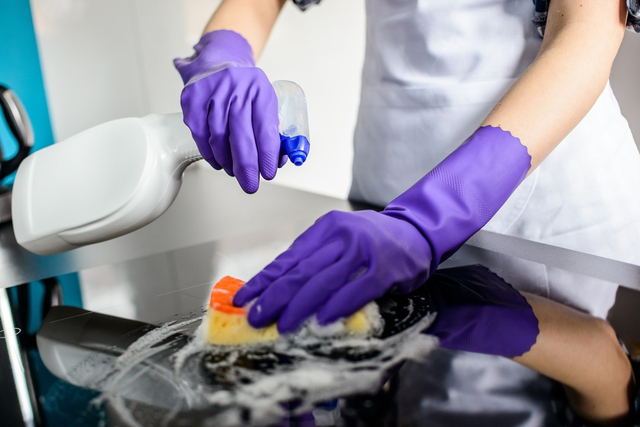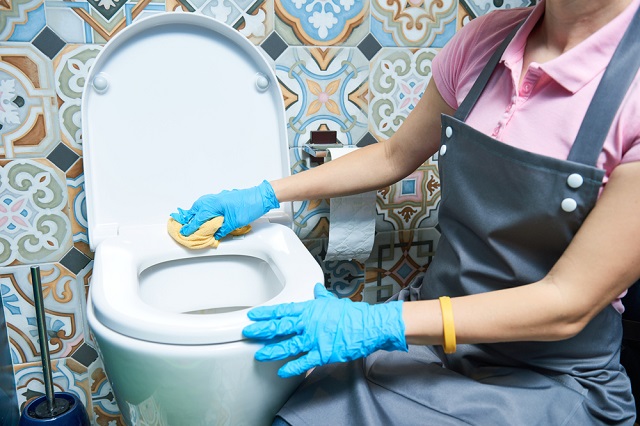How to Create a Safe and Stimulating Play Environment at Home
A child's play environment plays a crucial role in shaping their development. At home, you can create a space that's not only safe but also encourages creativity, independence, and learning. Whether you live in an HDB flat or a landed home in Singapore, here are practical tips to help you design the perfect play space for your baby or toddler.
1. Choose the Right Location
Pick a quiet corner of your home where your child can play independently yet remain within your line of sight. Ideally, this space should be away from potential hazards like kitchen stoves or sharp furniture edges. If space is tight, a dedicated play mat in the living room can work just as well.
2. Prioritise Safety First
Make the area baby-safe before introducing any toys or materials:
- Use cushioned play mats or foam tiles to soften falls
- Install safety gates and corner guards for furniture
- Secure bookshelves and large toys to the wall to prevent tipping
- Keep electrical outlets covered and cords out of reach
3. Use Open-Ended Toys
Toys that allow children to explore and imagine are best. Think building blocks, nesting cups, scarves, animal figurines, or sensory bins. These help build motor skills, creativity, and problem-solving abilities.
4. Create Defined Zones
If possible, divide the play area into mini "zones":
- Reading nook with a child-sized bookshelf and soft cushions
- Creative zone with crayons, paper, and craft supplies
- Movement zone with space for gross motor activities like crawling, jumping, or baby yoga
5. Keep It Clutter-Free
A cluttered space can be overwhelming. Rotate toys regularly to keep things fresh. Use child-friendly storage bins to teach toddlers how to tidy up after play — it builds responsibility from an early age!
6. Involve Your Child in Setup
Letting your toddler help decorate or choose play items gives them a sense of ownership. You can even have themed weeks — like "underwater adventure" or "space exploration" — to keep them excited about the play space.
7. Embrace Natural Elements
Introduce wooden toys, indoor plants, or natural light to create a calming atmosphere. Montessori-inspired setups often use natural materials to help children feel grounded and focused.
8. Local Tip for Singapore Homes
With limited indoor space, many parents in Singapore maximise play areas using vertical storage or folding mats. You can also use window grills for sensory curtains or hang visual cards to stimulate your child's sight.
Conclusion
A thoughtfully designed play environment supports your child's curiosity, confidence, and cognitive growth. Start small and observe what your child enjoys — their interests will guide how the space evolves over time.
It takes a village to raise a child !
Join our WhatsApp Groups or Facebook Group to interact with parents about infant care/child care in Singapore..

